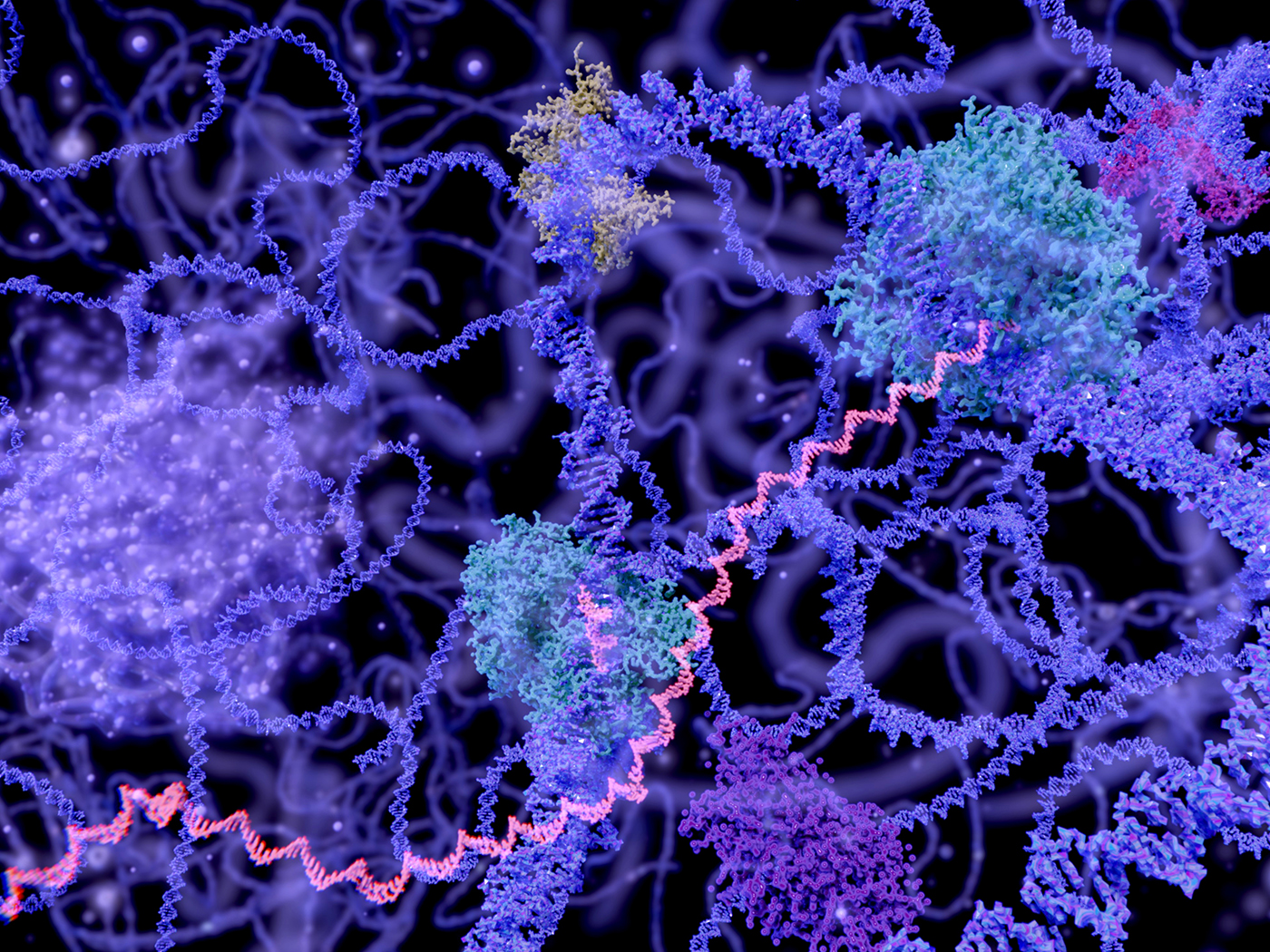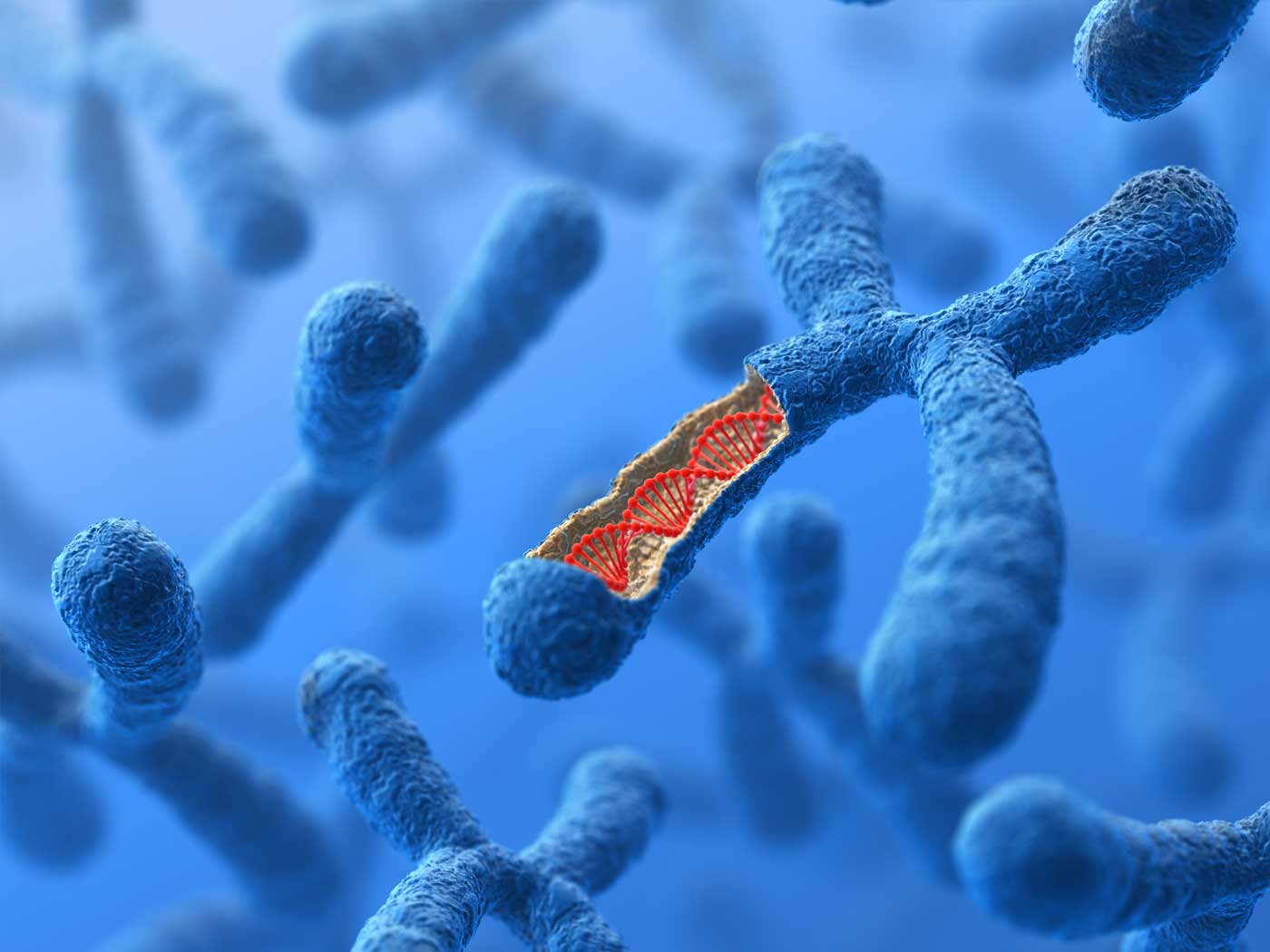Data storage technology has come a long way since punch cards. But the undisputed king of data density is still DNA. A team of scientists fit 70 billion copies of their genetics book—including page formatting instructions and images totaling 700 terabytes of data—into just one gram of DNA.
Harvard scientist George Church led this technological feat.1 The scientists first built a digital coding and decoding scheme whereby either of two of DNA's four chemical bases was designated "0," and either of the other two bases was designated "1." How could they successfully copy digital information of their choice, using zeroes and ones coded into DNA strands?
They used next-generation high-fidelity DNA microchips to print the DNA in 96 base-pair pieces. Sequencers then read each of those pieces, taken at random from a mixed pool. A computer reassembled the data into its proper order because the scientists engineered ID tag sequences every 19 base pairs. In the end, they "printed" billions of book copies in a fingernail-sized puddle of DNA.
There is no material that has as much data storage density as DNA. It is better than blue-ray discs, hard drives, and even flash drives. The Science report shows that DNA is six powers of ten denser than flash drive technology.
The sheer superiority of DNA as a data storage medium is strong evidence for its supernatural creation. This may even be one of the reasons why the 20th century's most prominent intellectual atheist, the late Antony Flew, confessed, "What I think the DNA material has done is show that intelligence must have been involved in getting these extraordinary diverse elements together."2
Reference
- Church, G. et al. Next-Generation Digital Information Storage in DNA. Science Express. Published online before print on sciencemag.org, August 16, 2012.
- Ostling, R. Leading Atheist Now Believes in God. Associated Press, December 9, 2004.
* Mr. Thomas is Science Writer at the Institute for Creation Research.
Article posted on August 29, 2012.

























